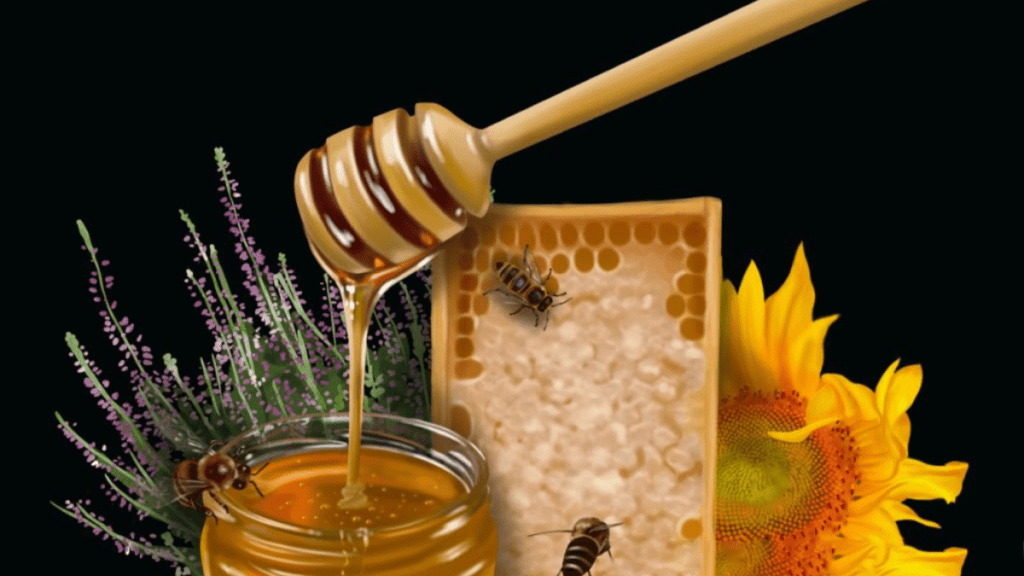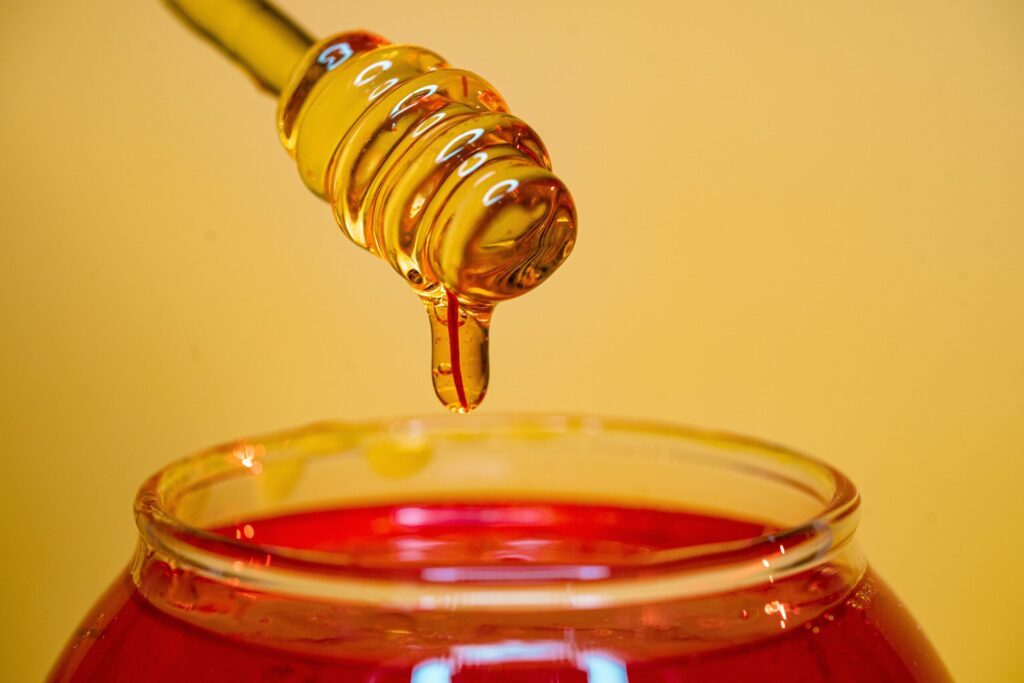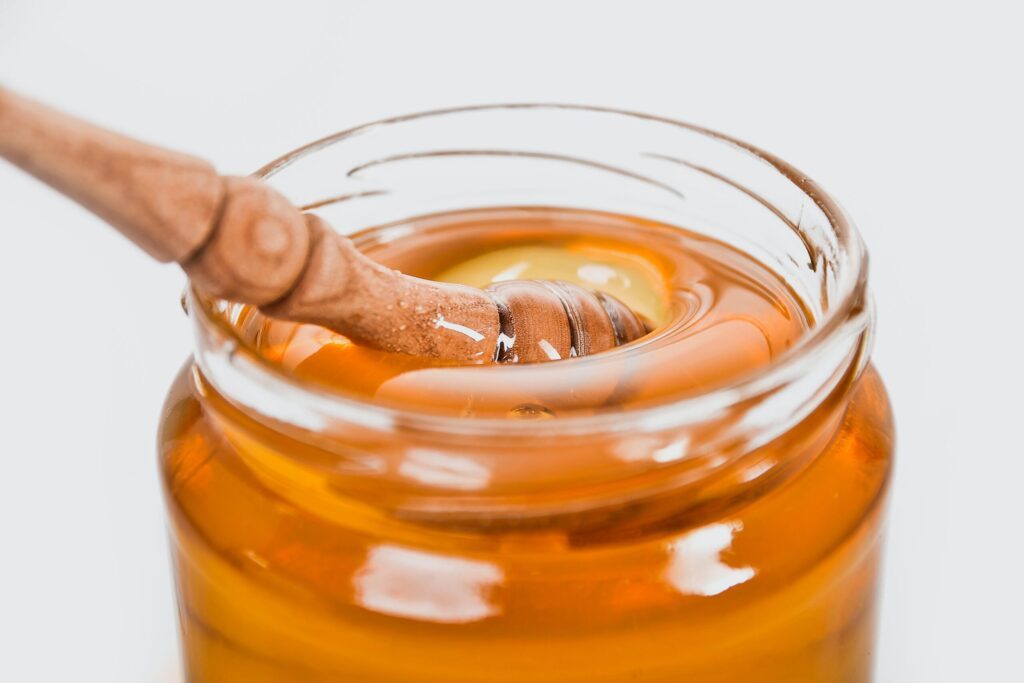Honey dippers are simple yet indispensable tools for anyone who enjoys honey. They allow for precise drizzling, adding a touch of sweetness to various dishes and beverages. In this comprehensive guide on how to use honey dippers, we’ll delve into the world of honey dippers, exploring their importance, components, providing nine powerful tips and techniques for using them effectively, and discussing their pros and cons.
1. Introduction to Honey Dippers
Honey dippers have been an integral part of culinary traditions for centuries. These elegant tools offer a convenient and mess-free way to drizzle honey onto pancakes, biscuits, toast, and more. Despite the advancements in kitchen gadgets, honey dippers retain their charm and functionality.
2. Importance of Proper Honey Dipper Usage
Proper usage of a honey dipper is crucial for maintaining the quality and flavor of honey. By employing the correct techniques of how to use honey dippers, you can ensure that each drizzle is consistent and enjoyable. Honey dippers also add a touch of elegance to the dining experience, making them ideal for both everyday meals and special occasions.
3. Understanding the Components of a Honey Dipper
A typical honey dipper consists of two main components: the handle and the head. The handle provides a comfortable grip, allowing for precise control during use. The head, often spiral or grooved, is designed to gather and dispense honey effectively. Understanding these components is essential for mastering the art of how to use honey dippers.
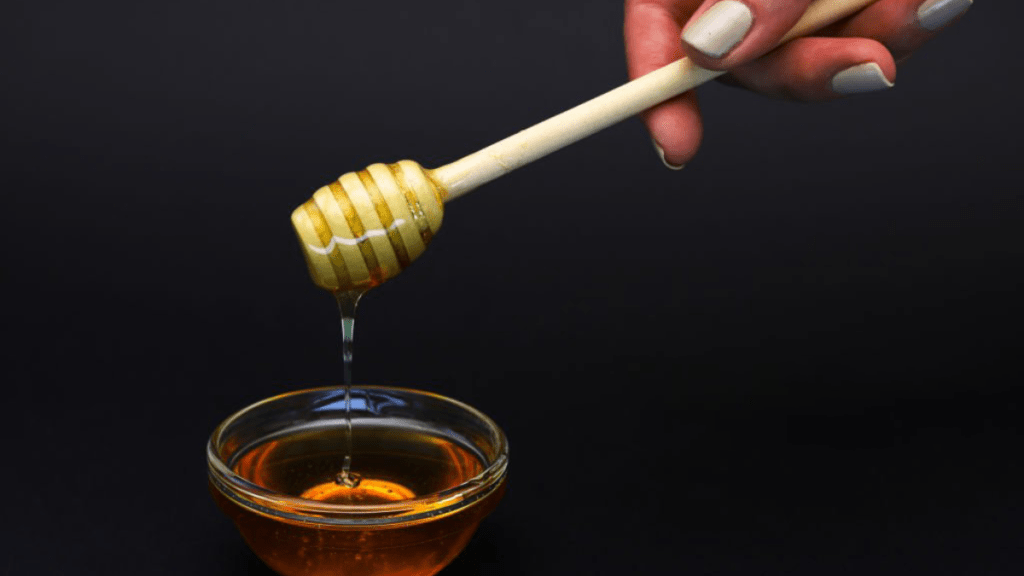
4. Nine Powerful Tips on how to use Honey Dipper Effectively
Tip 1: Choosing the Right Honey Dipper
Selecting the appropriate honey dipper is the first step toward a successful honey-drizzling experience. Consider factors such as material, size, and design to find a dipper that suits your preferences and needs of how to use honey dippers effectively.
Tip 2: Preparing Your Honey Jar
Before using your honey dipper, ensure that the honey jar is tightly sealed to maintain freshness and prevent crystallization. If your honey has crystallized, gently warm the jar in a bowl of warm water to restore its smooth consistency for proper honey dipper usage
Tip 3: Using Proper Dipper Technique
To use a honey dipper effectively, hold the handle firmly and insert the spiral head into the honey jar. Slowly rotate the dipper to collect honey in its grooves, allowing it to coat the entire surface. When lifting the dipper out of the jar, rotate it over the mouth of the jar to prevent drips, demonstrating the importance of proper honey dipper technique.
Tip 4: Managing Honey Drip
Minimize drips when transferring honey from the dipper to your dish by holding the dipper over the jar for a few seconds to allow excess honey to drip back into the jar. You can also gently tap the dipper against the edge of the jar to remove any excess honey before drizzling, a crucial step in how to use honey dippers effectively.
Tip 5: Cleaning and Maintenance
After each use, rinse the honey dipper under warm water to remove any residual honey. Avoid using harsh detergents or abrasive scrubbers, as they can damage the dipper’s surface and alter the flavor of the honey. Allow the dipper to air dry thoroughly before storing it in a cool, dry place, emphasizing the importance of proper cleaning and maintenance when learning how to use honey dippers.
Tip 6: Enhancing Presentation
Experiment with different dipping techniques to create intricate honey patterns on desserts, toast, or beverages. The unique design of the honey dipper allows for creative expression and adds a decorative element to your culinary creations, showcasing the versatility of how to use honey dippers.
Tip 7: Exploring Creative Uses
Beyond drizzling honey, explore other creative ways to use your honey dipper. Use it to stir honey into tea or coffee, spread honey on biscuits or crackers, or even glaze meats and vegetables for a touch of sweetness. The versatility of the honey dipper makes it a valuable tool in any kitchen, illustrating the diverse applications of how to use honey dippers.
Tip 8: Storing Your Honey Dipper
Proper storage of your honey dipper is essential for maintaining its quality and longevity. Store it in a cool, dry place away from direct sunlight to prevent warping or damage. By taking care of your dipper, you ensure that it remains in top condition for years to come, highlighting the importance of proper storage when using honey dippers.
Explore the diverse world of honey and discover the unique flavors and characteristics of different varieties. From floral and fruity to rich and robust, each type of honey offers a distinct taste experience. Experiment with various varieties to find your favorite for drizzling and cooking, showcasing the importance of understanding honey varieties when learning how to use honey dippers.
Tip 9: Understanding Honey Varieties
5. Benefits of Using a Honey Dipper
Using a honey dipper offers several benefits beyond simple convenience. It allows for precise portion control, minimizing waste and ensuring consistent flavor with each use. Additionally, using a honey dipper helps maintain the cleanliness of your honey jar, preventing contamination and extending the shelf life of your honey, illustrating the benefits of using honey dippers.
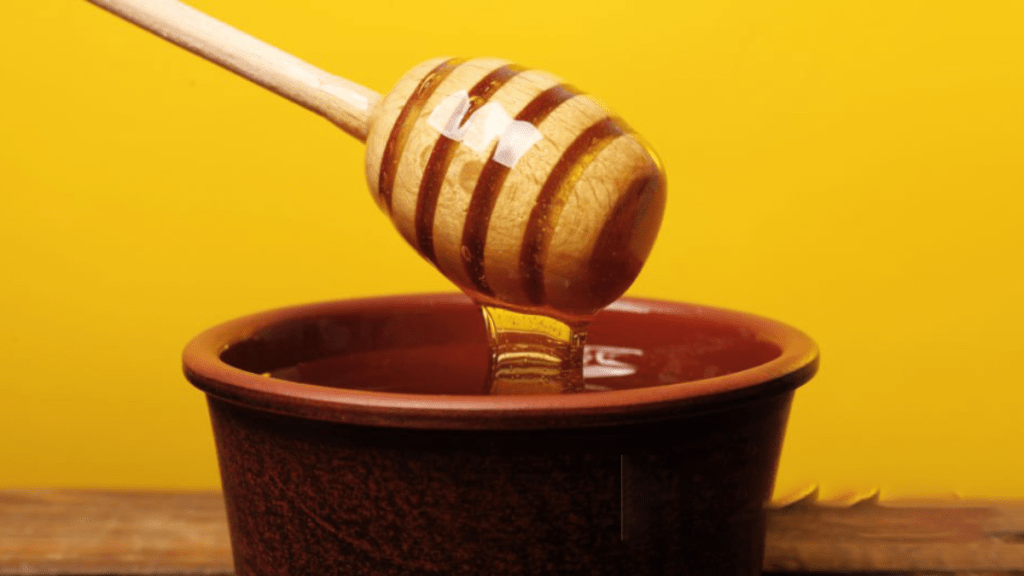
6. Common Mistakes to Avoid
While using a honey dipper may seem straightforward, there are common mistakes that can compromise the quality of your honey. Avoid double-dipping your honey dipper, as this can introduce contaminants and affect the flavor of your honey. Additionally, be mindful of using excessive force when dipping or stirring, as this can cause the honey dipper to break or bend, highlighting common mistakes to avoid when using honey dippers.
7. Pros and Cons of Using a Honey Dipper
Pros:
- Precise drizzling control
- Adds an elegant touch to presentations
- Minimizes mess and waste
- Enhances flavor distribution
- Versatile in culinary applications
Cons: - Requires proper cleaning and maintenance
- May not be suitable for very thick honeys
- Limited to small-scale drizzling applications
8. Conclusion
Mastering the art of using a honey dipper is a simple yet rewarding endeavor. By following these powerful tips and techniques on how to use honey dippers, you can elevate your honey-drizzling experience and impress your guests with beautiful and delicious creations. Whether you’re a seasoned chef or a novice cook, incorporating a honey dipper into your culinary repertoire can add a touch of sweetness to every meal.
Frequently Asked Questions (FAQs) about How to Use Honey Jars:
- How do I choose the right honey jar for my needs?
- When selecting a honey jar, consider factors such as size, material, and sealability. Opt for jars made of glass or food-grade plastic to maintain the freshness and quality of the honey.
- Can I store different types of honey in the same jar?
- It’s best to avoid mixing different types of honey in the same jar, as they may have distinct flavors and characteristics. Use separate jars for different varieties to preserve their unique qualities.
- How should I properly store my honey jar?
- Store your honey jar in a cool, dry place away from direct sunlight and heat sources. Avoid storing it near appliances or areas prone to temperature fluctuations, as this can affect the quality of the honey.
- What should I do if my honey crystallizes in the jar?
- Honey crystallization is a natural process that occurs over time. To liquefy crystallized honey, place the jar in a bowl of warm water or microwave it in short intervals, stirring occasionally until smooth.
- Can I reuse honey jars for other purposes once they’re empty?
- Yes, empty honey jars can be repurposed for various uses, such as storing spices, homemade jams, or crafting supplies. Make sure to clean the jars thoroughly before repurposing them.

